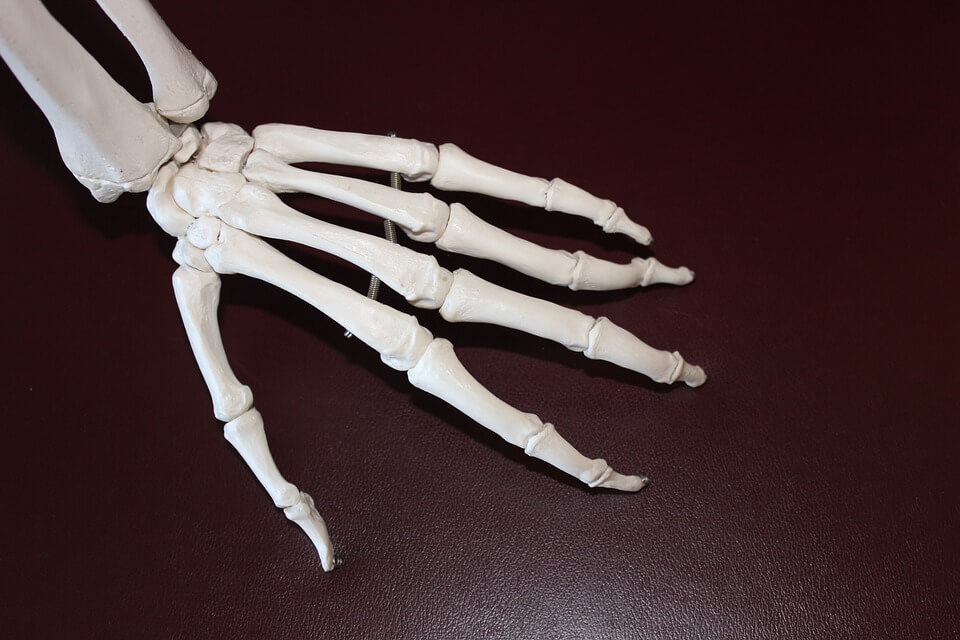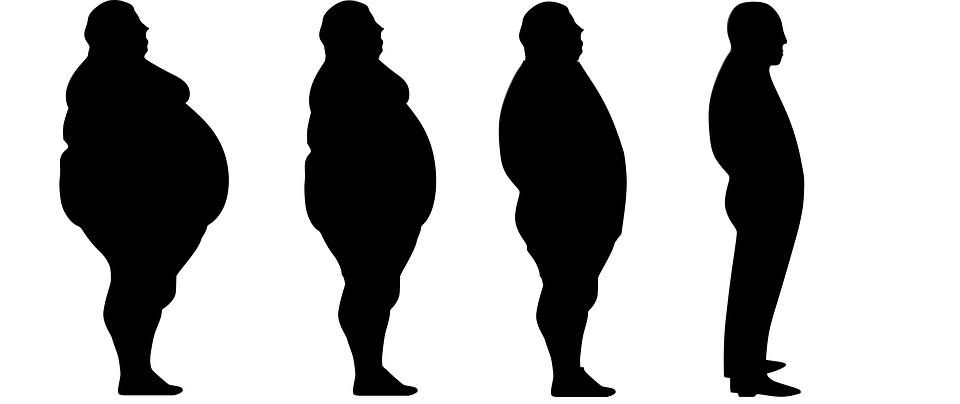Arthritis
Symptoms and Causes of Arthritis
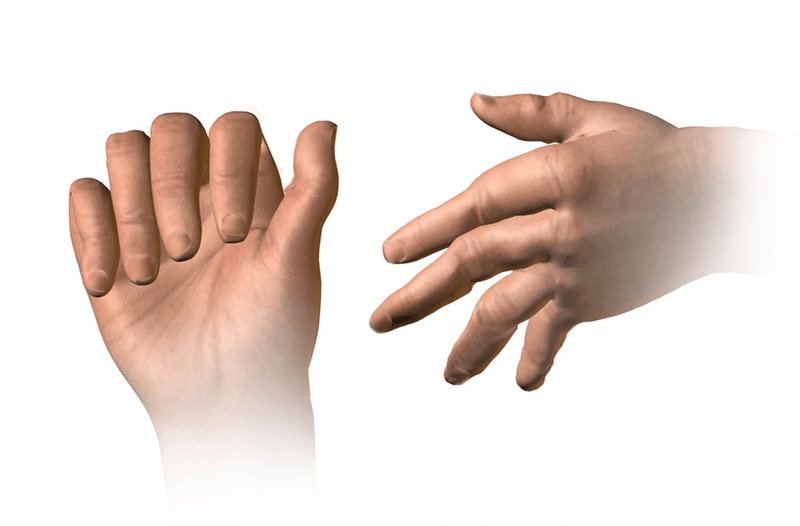
Lifestyle factors that can lead to the risk of rheumatoid arthritis:
Natural Pain Relieving and Healing Remedies For Arthritis:
Diet , Supplementation and Home Remedies:
Glucosamine:
There is some good evidence that glucosamine mitigates arthritis pain but the it’s the specific kind of glucosamine that is a factor. The most common type that is sold in the US is glucosamine hydrochloride, in which there are no trials showing that it is beneficial to those with osteoarthritis. Studies have shown however, that glucosamine sulfate has yielded favorable benefits. Get it here and read reviews
One way you can repair the cartilage in the joints is to take 750 mg of glucosamine sulfate 2x a day in combination with 2to 3 grams of MSM (organic sulfur is best) (Chondroitin 400 mg 3x day a day, if the arthritis is severe) every day for 6 weeks. Adding a good multivitamin supplement (get one here) to this regimen is important as well. source
Capsaicin cream:
Capsaicin cream is said to be a very effective topical treatment for osteoarthritis pain. Capsaicin is the active ingredient in chili peppers that gives them their heat. Get it here and read reviews
Curcumin:
The active ingredient in turmeric “curcumin” has some amazing anti-inflammatory and anti-arthritic properties for joint and bone health. I can testify to this as I use this myself and when I forget to take my curcumin my joints and bones remind me. Read more on the benefits of curcumin here.
Here is an excellent product that has served me well: Get here and read reviews
Other natural Anti-inflammatories:
- Boswellia (also referred to as Frankincense). One study has shown, that this decreased arthritis pain by over 80%.
Suggested use: 900-1,000 mg a day. Testimonial review on “Superior Labs Boswellia Extract”: “I have been taking this regularly for 20 days and I can really tell the difference. My joints don’t bother me nearly as much as they did. I have gone days without even thinking about any aches and pains – a first for a long time. So, this stuff appears to agree with me and I will continue taking it from now on. Like I said, this brand is made in America and has a lot going for it, so this is my brand from now on.” Read more reviews and get here
- Willow bark – The original “natural source” of aspirin
- Cherries. Known to have have significant anti-inflammatory properties. Eating a dozen cherries daily can be very beneficial.
Arthritis pain cream using organic sulfur (MSM):
Here is an excellent DIY recipe from someone I correspond with fairly often and that would be Hong at Organic Sulfur For Health. This is an easy to follow step by step instruction on how to make your own Arthritis pain cream and the article is a very informative read (overall) as well:
How to Make Arthritis Pain Cream with Organic Sulfur (MSM)?
Videos on Home remedies, supplementation and diet:
Exercise:
In the case of an osteoarthritis condition, approaching exercise is different than than other conditions. For example, if you have arthritis in your knees or elbows “high impact exercise” like jogging (especially on hard pavement) and heavy weight training can exasperate the problem due to the trauma on your joints. source
Tips for joggers:
- Cut down on the frequency and mileage
- run on softer surfaces (tracks and dirt paths)
- cross training
- swimming
- biking
Tips for strength/fitness training:
- Isotometric exercise – This is an strength oriented exercise where your muscles tense up but don’t actually move. There are various ways to conduct this type of workout, such as, pressing against an immovable object (like a wall) or just pressing your hands together with enough pressure to contract tension in the arms and chest. One of the most notorious men who brought the benefits of this variant of training to fruition was Alexander Zass. Zass was a strongman in the circus and a Russian POW serving in WW1 who escaped 4 times.
- Isotonic exercise – This type of exercise focuses on overall fitness. If you are (or are planning on being) a bodybuilder, this is not the ideal exercise regimen. Isotonic exercise is best used in combination with other exercises.
Weight loss
One of the best remedies for taking on arthritis issues, if you are over weight, is weight loss. According to Laura Robbins, senior vice president of education and academic affairs at the Hospital for Special Surgery in New York City, for every pound you burn off you relieve 4 pounds of pressure on your knees.
Roy Altman, MD, a rheumatologist and professor of medicine at the University of California, Los Angeles maintains, that some people’s symptoms will disappear if they lose 10 to 20 pounds. source
For more insights on weight loss please visit my post “101: What Is The Leptin Diet.”
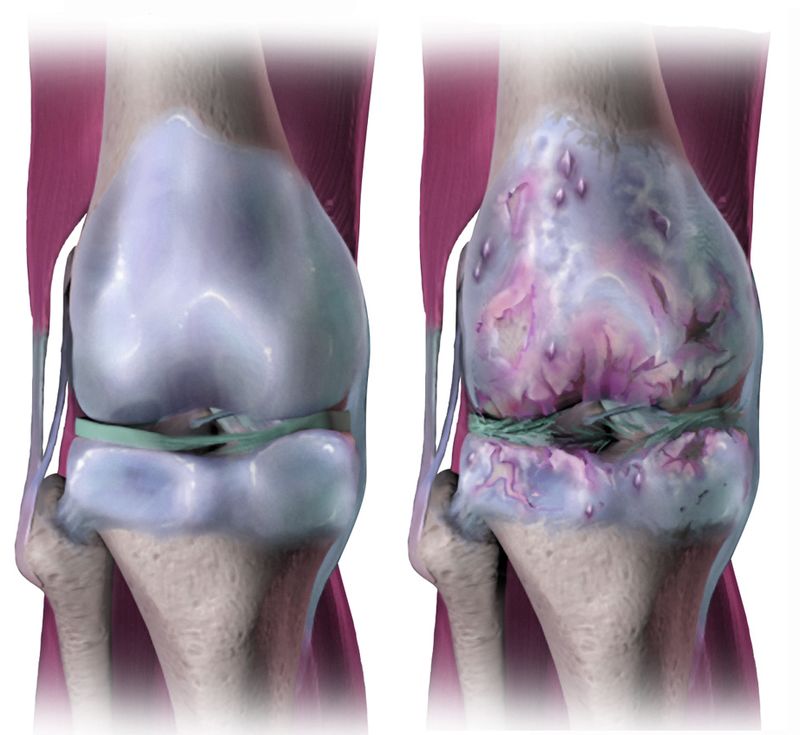
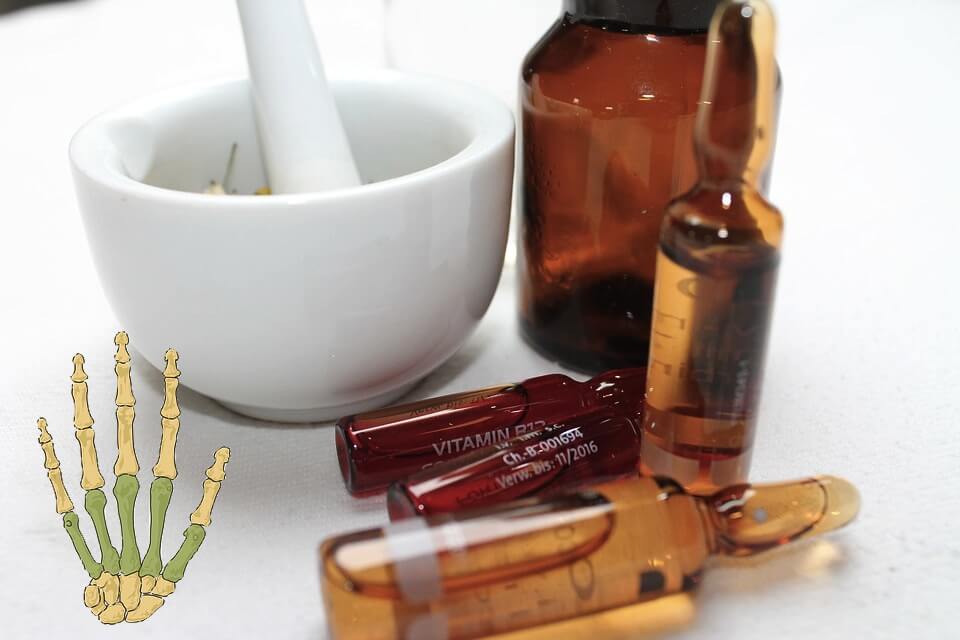
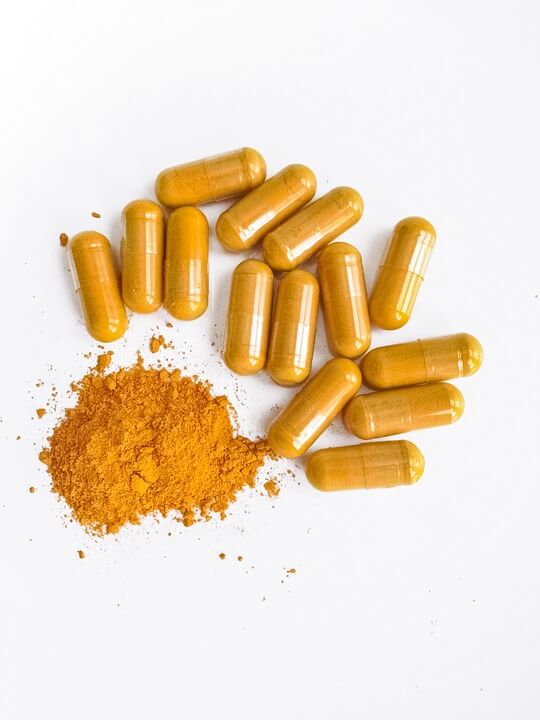
 Suggested use: 900-1,000 mg a day. Testimonial review on “Superior Labs Boswellia Extract”: “
Suggested use: 900-1,000 mg a day. Testimonial review on “Superior Labs Boswellia Extract”: “